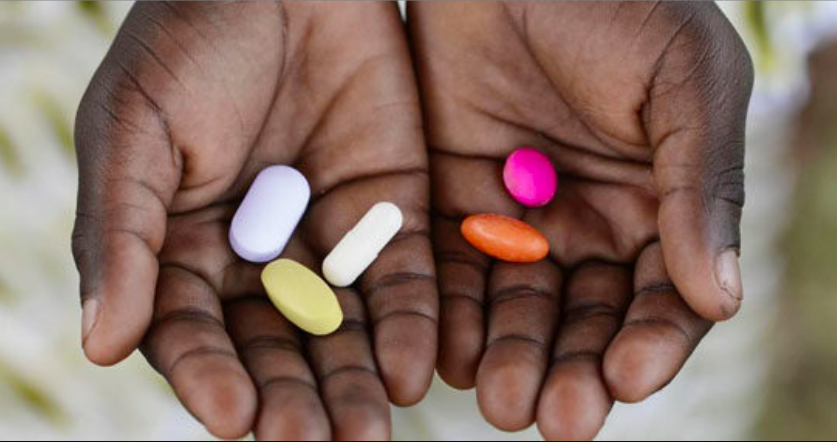 Only less than five candidates are in phase 3, the final stage of clinical development.
Only less than five candidates are in phase 3, the final stage of clinical development.
More innovative research and development (R&D) is needed to address lack of medicines and diagnostic tools for invasive fungal diseases, the World Health Organization has said.
In a statement, Dr Yukiko Nakatani, the WHO Assistant Director-General for Antimicrobial Resistance, said that fungal diseases are an increasing public health concern.
He said common infections – such as candida, which causes oral and vaginal thrush – are growing increasingly resistant to treatment. These infections disproportionately impact severely ill patients and those with weakened immune systems, including individuals undergoing cancer chemotherapy, living with HIV and who have had organ transplants.
He said: “Invasive fungal infections threaten the lives of the most vulnerable but countries lack the treatments needed to save lives. Not only is the pipeline of new antifungal drugs and diagnostics insufficient, there is a void in fungal testing in low-and middle-income countries, even in district hospitals. This diagnostic gap means the cause of people’s suffering remains unknown, making it difficult to get them the right treatments.”
The fungi in the top ‘critical priority’
category of the WHO’s fungal priority
pathogens list (FPPL) are deadly, with mortality rates reaching as high as
88 per cent.
Advancements in treatments mean that more people are likely to be living with immunocompromised conditions, which also could mean increase in cases of invasive fungal diseases. This is a complex challenge to manage due to inaccessibility of diagnostic tools, limited availability of antifungal medicines and a slow and complex R&D process for new treatments.
According to WHO, only four new anti-fungal
drugs have been approved by regulatory authorities in the United States of
America, the European Union or China. Currently, nine antifungal medicines are
in clinical development to use against the most health-threatening fungi, as
detailed in the FPPL.
However, only three candidates are in phase 3, the final stage of clinical development, meaning few approvals are expected within the next decade. Twenty-two drugs are in preclinical development, an insufficient number to feed a clinical pipeline considering the dropout rates, risks and challenges associated with earlier development stages.
WHO notes in the report that issues with
current antifungal treatments include serious side effects, frequent drug-drug
interactions, limited dosage forms and the need for prolonged hospital stays.
The report highlights the urgent need for safer antifungal medicines, possibly
reducing requirements for continuous drug monitoring.
Furthermore, antifungal medicines that work against a wide range of severe infections caused by fungal priority pathogens are also needed. Children are particularly underserved with few clinical trials exploring paediatric dosing and age-appropriate formulations.
All countries, but particularly low- and
middle-income countries (LMIC), need faster, more accurate, cheaper and easier
testing for a broad range of fungal priority pathogens, including diagnostic
tools that can be used at or near point-of-care, WHO said.
It recommended investing in global surveillance, expanding financial incentives for drug discovery and development, funding basic research to help identify new and unexploited targets on fungi for medicines and investigating treatments that work by enhancing patients’ immune responses.







![[PHOTOS] Guardian Angel bus catches fire in Kikuyu](/_next/image?url=https%3A%2F%2Fcdn.radioafrica.digital%2Fimage%2F2025%2F04%2F58287f0a-f201-4a78-87f0-6f147ad8ba8a.jpg&w=3840&q=100)



